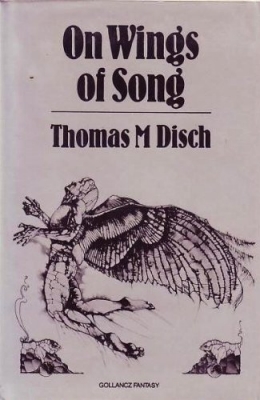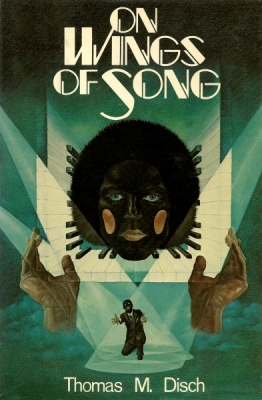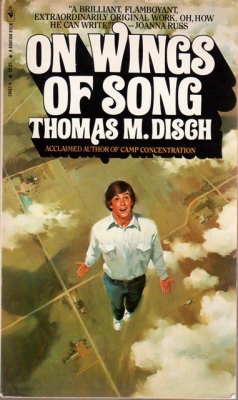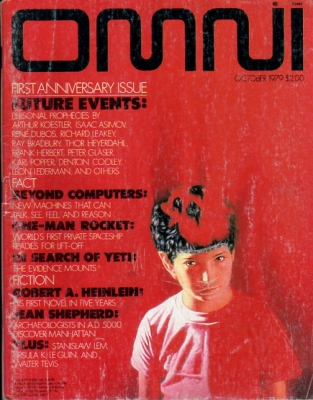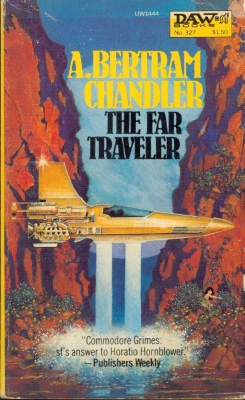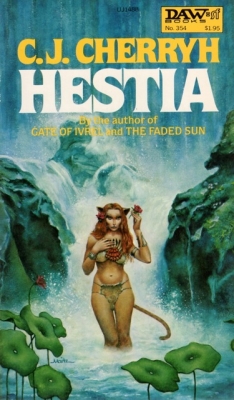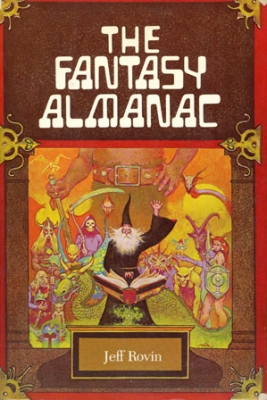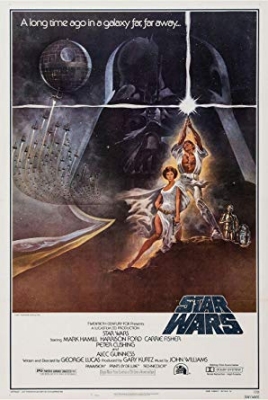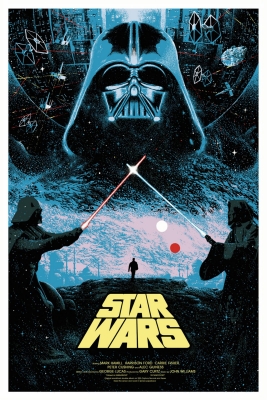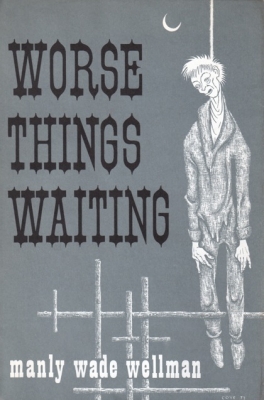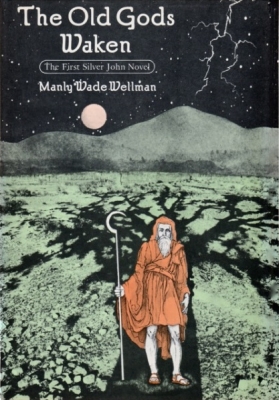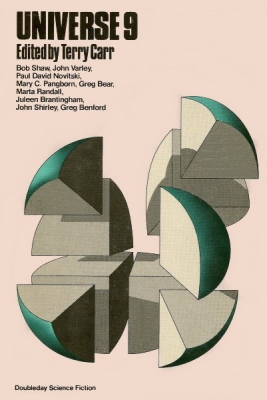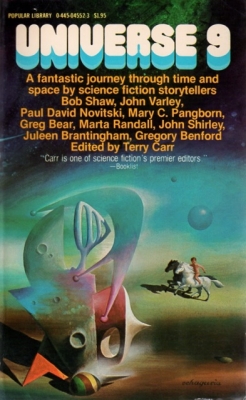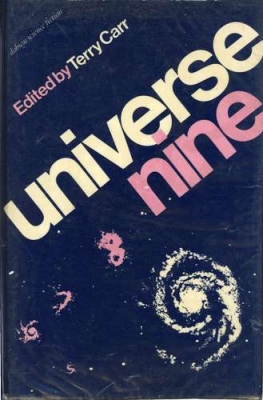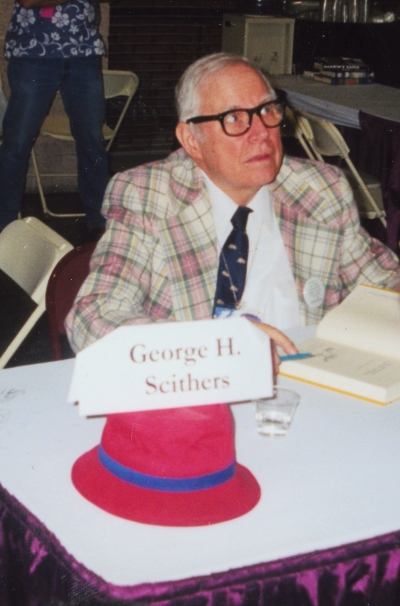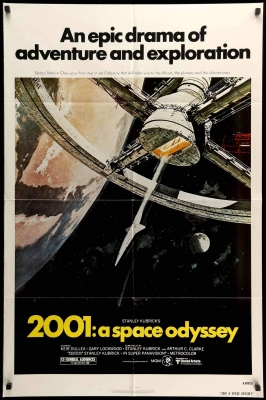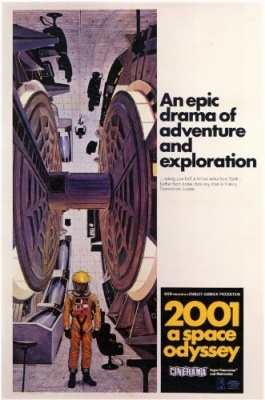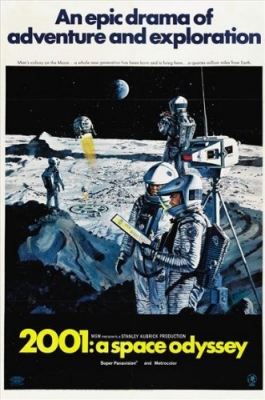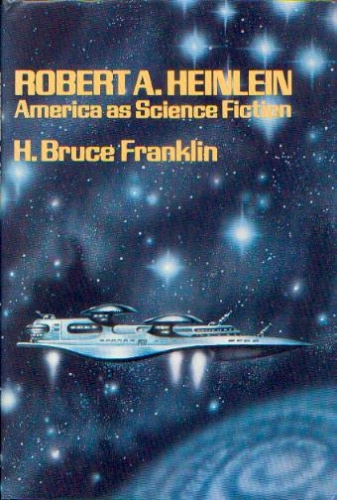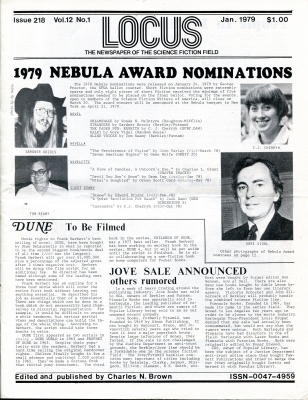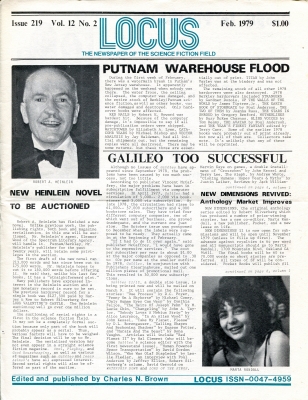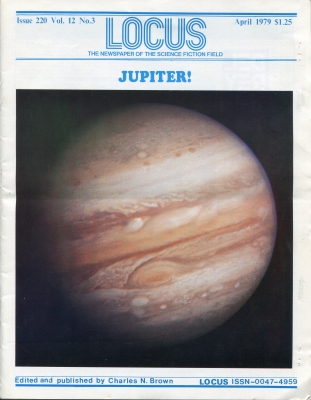The Golden Age of Science Fiction: On Wings of Song, by Thomas M. Disch
The Campbell Memorial Award, not to be confused with the John W. Campbell Award for Best New Author, was founded in 1973. The award is a juried award and presented to the best SF novel published in the US. The award was founded by Harry Harrison in memory of the long-time editor of Astounding and Analog magazine. The first Campbell Memorial Award was presented to Barry N. Malzberg’s novel Beyond Apollo. The award is presented at the University of Kansas in Lawrence and over the years a weekend conference has grown up around the presentation of this award and the Sturgeon Award, which was founded in 1987 to honor short stories. In 1980, the award was presented on July 31.
Originally published from February through April in The Magazine of Fantasy and Science Fiction, Disch’s 1979 novel On Wings of Song takes place in a Balkanized United States, where Daniel Weinreb lives in an Iowa ruled by a conservative Christian movement which bans a variety of activities, including singing. After an ill-advised jaunt to Minneapolis to see a movie with a friend who disappears, Daniel finds himself harassed by his friend’s powerful father and eventually sent to a penal camp for a minor infraction. While there, Daniel learns the secret of flying and its connection to singing. Freed from the prison camp, Daniel flees to New York to pursue a career as a singer and learn the art of flying, although his success leaves his idealism and hope in tatters.
